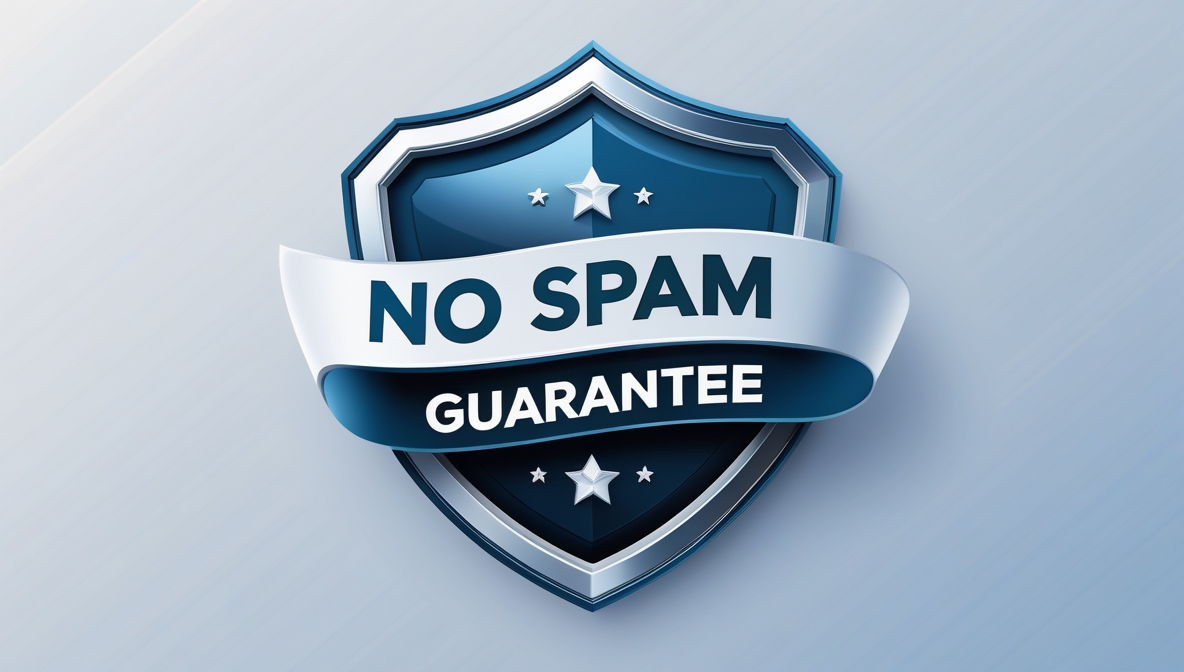This IT Governance Framework is a comprehensive resource for senior IT leaders tasked with aligning technology with organizational objectives while ensuring security and compliance. Built on established principles such as the CIA Triad, defense-in-depth strategies, and best practices from frameworks including the NIST Cybersecurity Framework and ISO/IEC standards, it delivers a structured, measurable approach to governance.
Its strength lies in connecting strategic oversight with verifiable operational controls across twelve governance areas, from policy formulation and security training to access management, contingency planning, and beyond. Designed for adaptability across sectors, it serves as both a reference and a management tool, equipping CIOs and other IT decision-makers to lead with confidence.
This Will Help You
This framework gives you actionable guidance to translate governance principles into real-world results. Organized into twelve critical areas, it links strategy with specific, verifiable actions so you can produce governance deliverables, strengthen operations, and make informed leadership decisions.
- Comprehensive IT Policy Models: Build policies that set clear expectations, define security requirements, and meet compliance obligations—producing enforceable, adaptable documentation.
- Targeted Security Training Frameworks: Structure user and administrator training programs that address current risks—ensuring consistent security awareness across your teams.
- Inventory and Classification Methods: Maintain accurate hardware, software, and data inventories—supporting asset management, vulnerability assessment, and prioritization decisions.
- Vendor and SLA Management Guidance: Structure contracts and SLAs with measurable service expectations—protecting data and informing procurement choices.
- Malware and Patch Management Practices: Implement timely updates and protective measures—reducing vulnerabilities and supporting incident response planning.
- Access Control Frameworks: Define, review, and revoke access based on roles—ensuring accountability through access matrices and audit reporting.
- Online Banking Security Controls: Apply layered protections to financial transactions—preventing fraud and supporting secure transaction procedures.
- Wireless and Network Security Configurations: Secure access points and segment networks—creating baselines and configuration standards that protect systems.
- Firewall and Intrusion Detection Strategies: Monitor and investigate network activity—strengthening threat detection and response protocols.
- Physical Security and Environmental Controls: Protect hardware and infrastructure—integrating security measures into facility and disaster prevention planning.
- IT Contingency and Backup Planning: Develop tested recovery and backup procedures—ensuring operational continuity in disruptive events.
By applying the practices in each area, you can produce policies, reports, plans, and configurations that reinforce security, meet regulatory requirements, and align IT with organizational goals.

